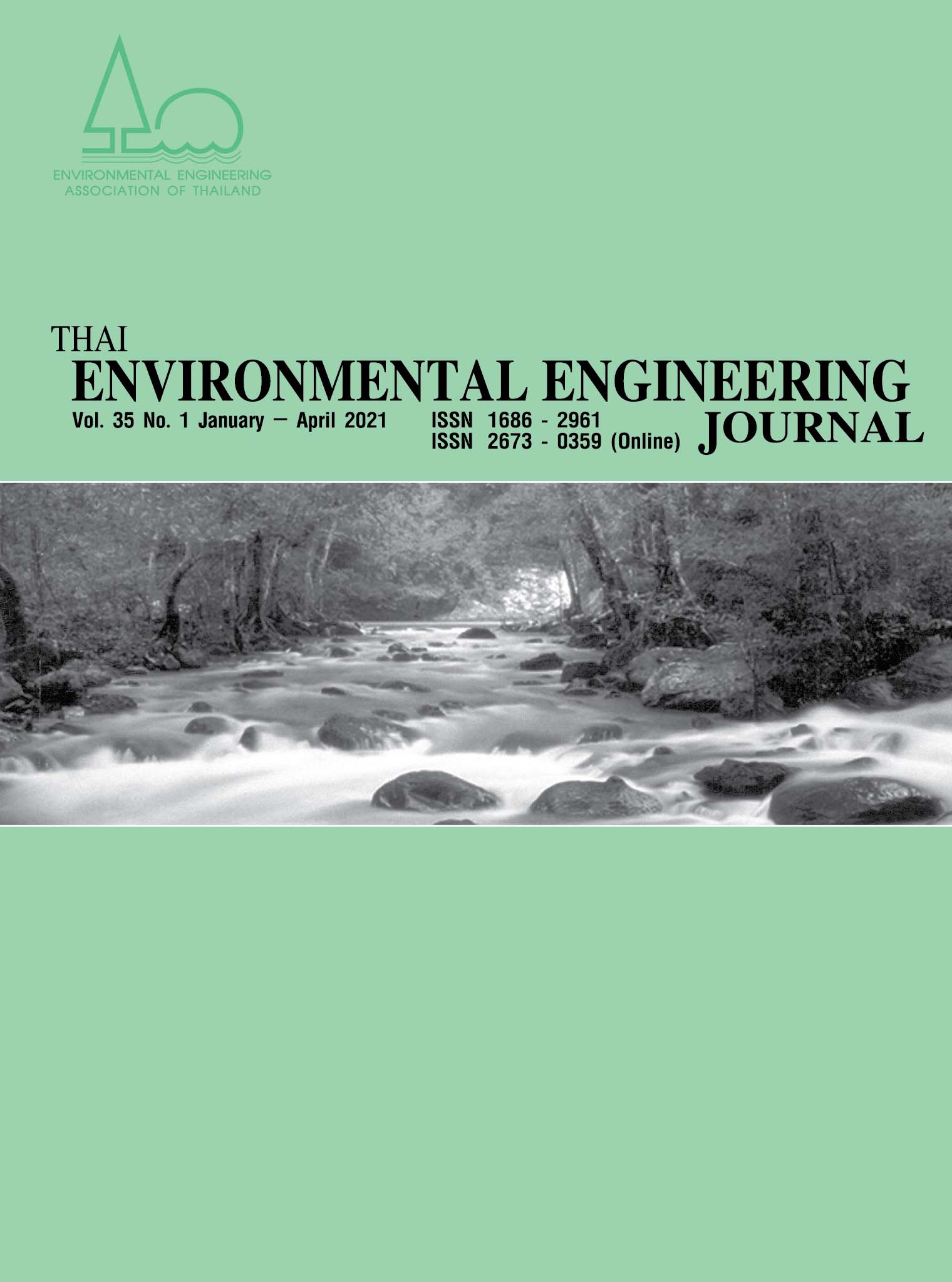“5-Dimensional World Map”: An Environmental AI System with Global Knowledge-Sharing, Analysis and Propagation for Resilient Nature and Society
Main Article Content
Abstract
Humankind faces the essential and indispensable mission; we must endeavor on a global scale to perpetually restore and improve our natural and social environments. One of the essential computations in environmental study is context-dependent semantic-computing to analyze the changes of various situations and phenomena in a context dependent way with a large amount of environmental information resources.
It is also significant to memorize those situations and phenomena to analyze and recognize environment changes in various aspects and contexts, in order to discover what are happening in the nature of our planet. We have proposed a multi-dimensional computing model, as a global environmental system, realizing “5-Dimensional World Map System” for realizing knowledge and information resource memorization, integration, search, analysis and visualization of environmental situations and phenomena in ocean and land. We have presented the concept of “SPA (Sensing, Processing and Analytical Actuation Functions)” for realizing a global environmental system, to apply it to 5-Dimensional World Map System. This concept is effective and advantageous to design environmental systems with Cyber-Physical integration to detect environmental phenomena as real data resources in a physical-space (real space), map them to cyber-space to make analytical and semantic computing, and actuate the analytically computed results to the real space with visualization and actuation for realizing analytical environmental phenomena, causalities and influences. Currently, the 5D World Map System is globally utilized as a Global Environmental
Semantic Computing System for Ocean and river environments in SDG14, United-Nations-ESCAP, (https://sdghelpdesk.unescap.org/toolboxes).
This concept of “SPA-based 5D World Map System” is effective and advantageous to design environmental systems with Cyber-Physical integration to detect environmental phenomena as real data resources in a physical-space (real space), map them to cyber-space to make analytical and semantic computing, and actuate the analytically computed results to the real space with visualization for expressing environmental phenomena, causalities and influences. Semantic computing in SPA-based 5D World Map System is an important and promising approach to semantic analysis for various environmental phenomena and changes in the real world. We have presented a new concept of "Water-quality Analysis Semantic-Space for Ocean-environment” for realizing global water-environmental analysis with semantic computing. This space and the semantic computing method are realized with database creation for analyzing and interpreting environmental phenomena and changes occurring in the oceans in the world. We have focused on seawater quality data with water-quality-analysis sensors, as an experimental study for creating "Water-quality Analysis Semantic-Space for Ocean-environment”.
This paper summarizes and integrates our studies on “SPA-based 5-Dimensional World Map System” with semantic computing functions,” as a global and environmental AI system.
Article Details
References
Kiyoki, Y., Chen, X., Veesommai, C., Sasaki, S., Uraki, A., Koopipat, C., Chawakitchareon, P. and Hansuebsai, A. 2018. An Environmental-Semantic Computing System for Coral-Analysis in Water-Quality and Multi-Spectral Image Spaces with "Multi-Dimensional World Map". Information Modelling and Knowledge Bases. 29: 52-70.
Kiyoki, Y., Chawakitchareon, P., Rungsupa, S., Chen, X. and Samlansin, K. 2020. A Global & Environmental Coral Analysis System with SPA-based Semantic Computing for Integrating and Visualizing Ocean-Phenomena with "5-Dimensional World-Map". Information Modelling and Knowledge Bases. 32: 76-91.
Kiyoki, Y., Uraki, A. and Veesommai, C. 2016. A Seawater-Quality Analysis Semantic-Space in Hawaii-Islands with Multi-Dimensional World Map System. Proceeding of the 18th International Electronics Symposium (IES2016). Bali. Indonesia. on September 29-30 2016. 48-53.
Veesommai, C., Kiyoki, Y., Sasaki, S. and Chawakitchareon, P. 2016. Wide-Area River-Water Quality Analysis and Visualization with 5D World Map System. Information Modelling and Knowledge Bases. 27: 31-41.
Kiyoki, Y., Chen, X., Sasaki, S. and Koopipat, C. 2017. A Globally-Integrated Environmental Analysis and Visualization System with Multi-Spectral & Semantic Computing in “Multi-Dimensional World Map”. Information Modelling and Knowledge Bases. 27(l292): 106-122.
Kiyoki, Y. and Ishihara, S. 2002. A Semantic Search Space Integration Method for Meta-level Knowledge Acquisition from Heterogeneous Databases. Information Modeling and Knowledge Bases. 13(73): 86-103.
Rungsupa, S., Chawakitchareon, P., Hansuebsai, A., Sasaki, S. and Kiyoki, Y. 2018. Photographic Assessment of Coral Stress: Effect of Low Salinity to Acropora sp. Goniopora sp. and Pavona sp. at Sichang Island, Thailand. Information Modelling and Knowledge Bases. 29(301): 137-148.
Chawakitchareon, P., Ladsavong, K., Kiyoki, Y., Sasaki, S. and Rungsupa, S. 2018. Global Sharing Analysis and Visualization of Water Quality by 5D World Map: A Case Study at Sichang Island, Thailand. Information Modelling and Knowledge Base. 29(301): 216-227.
Sasaki, S., Takahashi, Y. and Kiyoki, Y. 2010. The 4D World Map System with Semantic and Spatiotemporal Analyzers. Information Modelling and Knowledge Bases. 21(206): 1-18.


